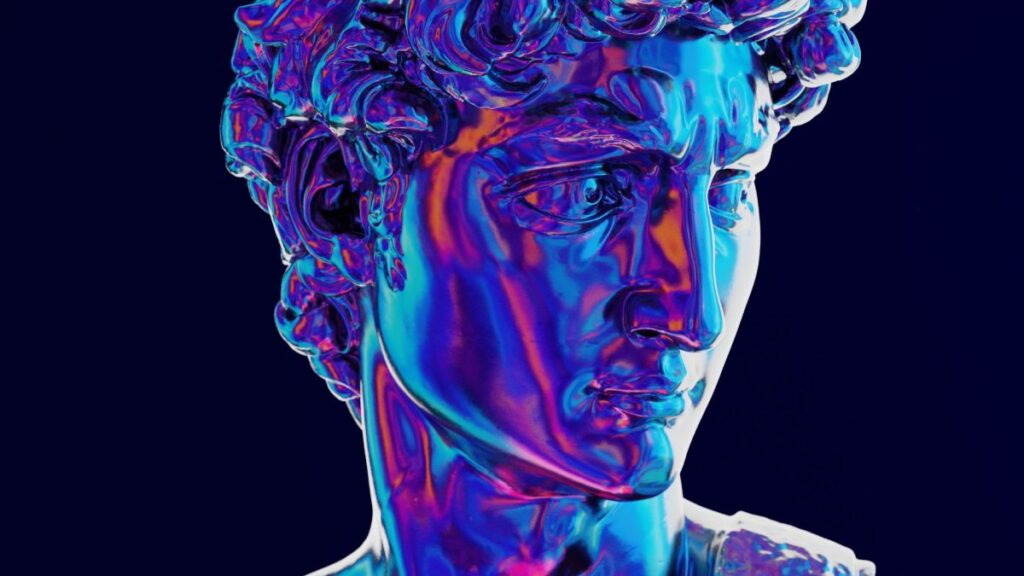The process of creating a video game involves many people and many hours of work. It starts with an idea that is then turned into a basic concept for the game. Detailed sketches are created, followed by storyboards, 3D modeling, texturing, animation, and sound design. Once all the elements are put together, the game is tested rigorously to eliminate any glitches or bugs. Finally, the game is launched. Despite the challenges, the end result is a fantastic gaming experience for players of all ages, and this wouldn’t be possible without the dedicated team of designers, artists, and developers.
Introduction:
Video games have come a long way from the basic pixelated graphics of the 1970s to the incredibly realistic graphics of modern gaming. However, the process of creating a video game is far from simple. It involves a complex artistic process that takes many people and many hours of work. This article explores the artistic process behind modern gaming, from the initial sketches to the final game.
Initial Concept:
Every video game starts with an idea. This can come from anywhere – a designer’s imagination, a movie, a book, or a popular TV show. Once the idea has been formed, the designer creates a basic concept for the game. This could involve the setting, the main characters, and the overall narrative. From here, the designer creates a rough sketch of the game world, with basic details such as levels, enemies, and other game elements.
Sketching & Storyboarding:
Once the basic concept has been created, the designer will move on to more detailed sketches. This includes detailed character designs, landscapes and backgrounds. Storyboards are created to map out the flow of the game – the sequence of events that will take place from beginning to end. This is when the artist gets to work, creating rough sketches and drawings of the game’s environment and characters. These sketches may be done by hand or using computer software.
3D Modeling & Texturing:
Once the sketches are approved, the team moves onto 3D modeling. This is where the game environment and characters are built in 3D using specialised software. This is where the game begins to take shape. During this stage, texture artists add colours, patterns and details onto the 3D models to create a realistic look. They also create the game’s landscape, adding details such as rocks, walls, and other elements to make the game world feel more vibrant and alive.
Animation & Rigging:
Once the game’s environment and characters have been created, they need to be animated. This is where animators create movement for each character and object in the game. They also create facial expressions and other dynamic movements. To make the animation work properly, riggers have to program the 3D models to move correctly. This is a complex process that involves creating a virtual skeleton for each character or object in the game, allowing animators to manipulate them to create lifelike movements.
Sound Design:
Sound design is essential to the game’s overall experience. Sound designers will create unique sound effects for each game element. This includes everything from footsteps to explosions, music, backgrounds and much more. They use a variety of tools and software to achieve lifelike sound effects.
Final Testing & Launch:
After all the elements are put together, the game is subjected to rigorous testing to eradicate glitches and bugs in the game. Once it clears all the quality checks, the game is ready to launch. This is the most exciting stage for designers, who get to see their hard work finally pay off.
Conclusion:
Creating a video game is a long and complex process that involves many people and many hours of work. It starts with an idea and moves through a complex artistic process that includes sketching, 3D modeling, texturing, animation, sound design, and final testing. Despite the challenges, the end result is a fantastic gaming experience for players of all ages. Modern gaming would not be possible without the dedicated team of artists, designers, and developers who put in countless hours of work to create the games that bring us so much pleasure.
